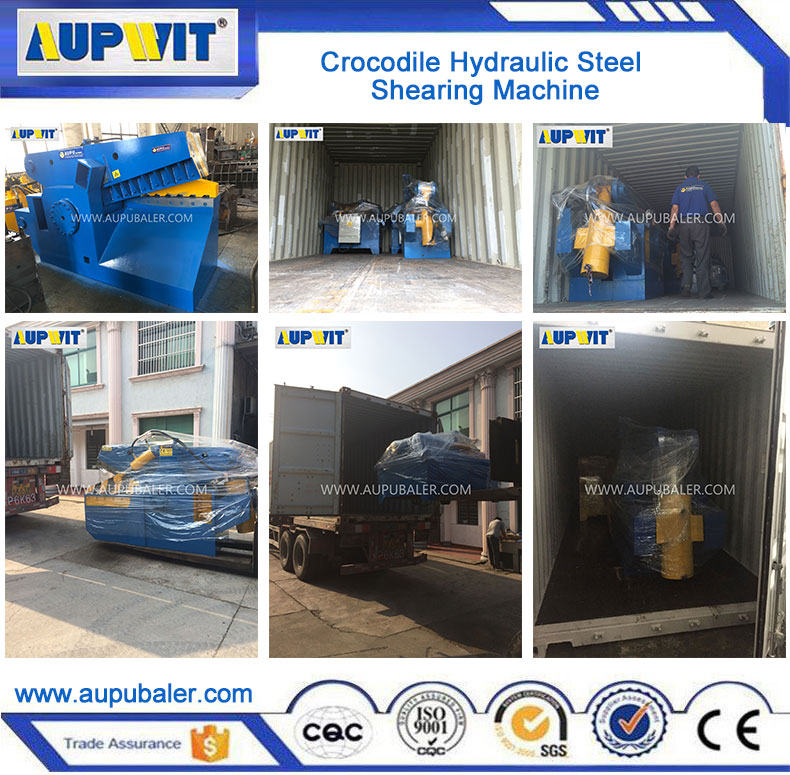1. Accurate installation and calibration
When installing Metal Shear, ensure that the equipment foundation is stable and level. Any slight tilt or unevenness will cause uneven force on the metal material during the shearing process, affecting the shearing accuracy. After installation, use professional calibration tools to calibrate the tool position, parallelism, and verticality of the equipment to ensure that the gap between the upper and lower tools is uniform and consistent, and meets the specified standards of the equipment. In addition, regularly check the installation foundation of the equipment to prevent the foundation from loosening due to equipment vibration and other reasons, which will affect the shearing accuracy.
2. Reasonable use and maintenance of tools
The tool is a key component that affects the shearing accuracy. Select tools with good quality and strong wear resistance, and reasonably select the material and specifications of the tool according to the type and thickness of the metal material. During use, avoid overloading the tool to prevent the tool from breaking and increasing wear. Grind the tool regularly to keep the blade sharp and reduce the shearing deviation caused by tool passivation. At the same time, replace the tool that is severely worn or damaged in time to ensure the cutting performance of the tool.
3. Optimize shearing parameter settings
According to the material, thickness, hardness and other characteristics of the metal material being sheared, accurately adjust the shearing speed, pressure and other parameters of Metal Shear. Different materials require different shearing speeds and pressures. For example, harder metal materials require greater pressure and slower speeds to ensure a smooth shearing process and reduce material deformation and dimensional errors. Before shearing, you can first conduct a trial shearing, and fine-tune the parameters according to the trial shearing results until the ideal shearing accuracy is achieved.
4. Daily maintenance and equipment monitoring
Establish a complete daily equipment maintenance system, and regularly check the transmission components, hydraulic system, electrical system, etc. of the equipment to ensure that all components operate normally. Wear of transmission components, pressure fluctuations of hydraulic systems, control errors of electrical systems, etc. may affect shearing accuracy. At the same time, use monitoring equipment such as sensors to monitor the wear of the tool and the operating status of the equipment in real time. Once an abnormality is found, it should be handled in time to nip the factors affecting shearing accuracy in the bud.








